Numerous historians have explored and examined the events of World War II. Although students may have studied this topic in their schooling, the limits of the educational system frequently restrict teachers to particular segments of the curriculum, leaving out many fascinating elements of the conflict. Below are five particularly unsettling and much less discussed parts of World War II.
One of the shortest soldiers captured one of the tallest
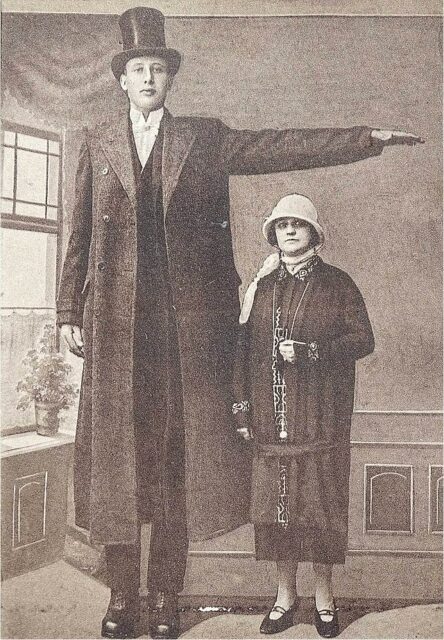
Before the German invasion of Poland in September 1939, Jakob Nacken was already gaining recognition in the circus circuit. Standing at a towering height of seven feet, three inches, this German national traveled extensively and earned the nickname “Giant from the Rhineland.” Unsurprisingly, he held the distinction of being the tallest soldier in the Wehrmacht during the Second World War.
Conversely, Canadian Corporal Eldon Bob Roberts was one of the shortest individuals to serve in the conflict, measuring just five feet, three inches tall.
On September 26, 1944, several months after participating in the D-Day landings in Normandy, Eldon and his fellow soldiers found themselves in Calais, where they successfully captured a German artillery crew. Among the 250 prisoners of war (POWs) was Jakob Nacken. A photograph taken of the pair meeting has since become one of the war’s most memorable (and lighthearted) images.
George H.W. Bush narrowly missed certain death
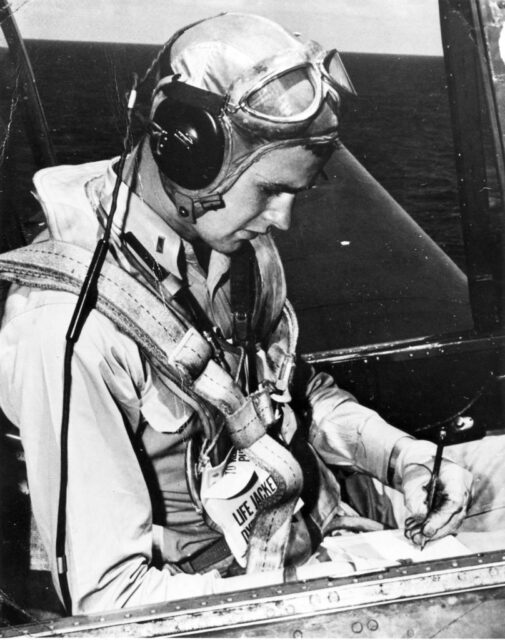
George H.W. Bush was born into a life of privilege as the son of Prescott Bush, a banker and politician. Despite his comfortable upbringing, he was determined to serve in World War II. Upon turning 18, he enlisted in the US Navy and quickly rose to the rank of ensign in the Naval Reserve, becoming one of the youngest pilots in the Navy’s history.
Flying a Grumman TBF Avenger, Bush embarked on his first combat mission against the Japanese at Wake Island in 1944 while stationed aboard the USS San Jacinto (CVL-30) in the Pacific Theater. In August of that year, his torpedo bomber was shot down during an attack on Chichijima. He narrowly escaped death and was later rescued by the USS Finback (SS-230).
Tragically, some of his fellow servicemen were captured, killed, and even cannibalized by their captors, a grim and harrowing episode of World War II.
Despite this traumatic ordeal, Bush continued his service in the Pacific, engaging in combat over the Philippines and preparing for the planned invasion of Japan, which was ultimately avoided by Japan’s surrender after the atomic bombings of Hiroshima and Nagasaki.
Ni’ihau Incident
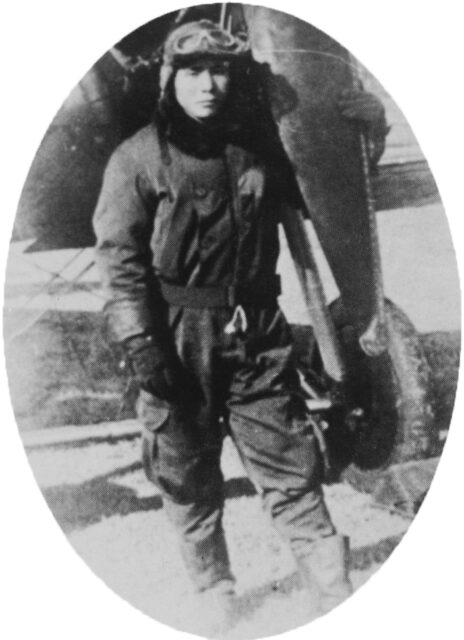
Airman First Class Shigenori Nishikaichi was a Japanese pilot involved in the second wave of the attack on Pearl Harbor, launching from the aircraft carrier Hiryū. Before the covert assault, all pilots were instructed that, in the event of trouble, they should fly for 30 minutes to the Hawaiian island of Ni’ihau and wait for submarine pickup.
Although assigned to combat air patrols over Pearl Harbor, Nishikaichi never reached the US naval base. His Mitsubishi A6M “Zero” ran out of fuel, forcing him to crash land on Ni’ihau. Like his fellow Japanese, he believed the island to be uninhabited. This assumption proved incorrect.
Ranch hand Hawila “Howard” Kaleohano discovered the crash site and, aware of the strained tensions between the United States and Japan, confiscated the pilot’s pistol and documents, after which Nishikaichi received medical treatment. A translator was summoned to overcome the language barrier between Nishikaichi and the island’s residents, who were unaware of the Pearl Harbor attack.
Yoshio Harada and his wife, Irene, of Japanese descent, conversed with the young pilot. Although they learned about the attack, they chose to keep this information private. It wasn’t until a radio report that night that the residents learned of the events and placed Nishikaichi under house arrest.
What ensued was a period of chaos and fear as Nishikaichi attempted to escape the island. Harada had reclaimed the pilot’s pistol and used it to shoot Kaleohano. The ranch hand’s house was set on fire, and hostages were taken. One hostage was shot three times, but miraculously survived and ultimately killed Nishikaichi. Harada ended up taking his own life.
Now known as the Ni’ihau Incident, this little-known episode was one of the most disturbing moments of WWII.
Pilots had astonishing mortality rates
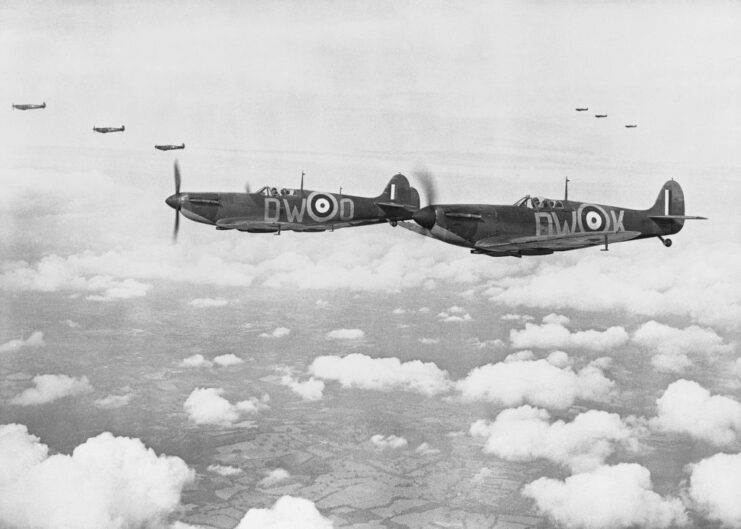
This might be the most anticipated entry on our list of unsettling WWII facts, but it still deserves mention.
While aircraft played an important role in combat during the First World War, their impact was even more profound in World War II. Being a pilot was among the most perilous jobs of the war; aviators had to confront their fears head-on and plunge into combat, never knowing if they would return to base.
Here are some statistics that underscore the extreme danger and fatality of being a pilot during WWII:
- Newly recruited Supermarine Spitfire pilots had an average life expectancy of just four weeks during the Battle of Britain.
- Around 71 percent of bomber crew members either perished or were reported missing in action (MIA).
- Over 13,000 American pilots lost their lives during training in the United States without ever facing enemy forces.
A 12-year-old enlisted in the US Navy
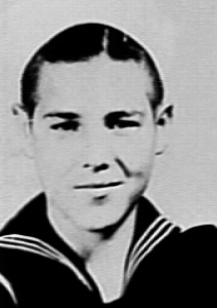
Following the Japanese attack on Pearl Harbor, plenty of young men were eager to enlist in the US military. Among them was Calvin Graham, who, at just 12 years old, wasn’t about to let the US Navy’s age limit prevent him from serving his country.
One loophole for enlistment was to have a guardian’s permission. Not wanting his family to know his intentions, Graham forged his mother’s signature on the necessary papers and snatched a notary stamp from a hotel. He then told his family he was going to visit relatives, at which point he traveled to Houston, Texas. While a dentist noted his young age, the pre-teen convinced the man to not reveal his true identity.
After undergoing training as an anti-aircraft gunner, Graham was assigned to the USS Dakota (BB-57). His first engagement was the Battle of the Santa Cruz Islands in October 1942, after which he participated in the Naval Battle of Guadalcanal. He sustained severe injuries during the fight, but put his own well-being aside to ensure the safety of his fellow sailors.
It was newsreel footage that ultimately blew Graham’s cover. His mother recognized his face and contacted the Navy, leading to his dishonorable discharge.
Why not necessarily an unsettling moment of WWII, as many young men lied about their age to enlist, the truly upsetting part is that Graham’s life entered what many would call a downward spiral after he left the Navy. He failed to return to school and found himself a divorcee and father by the time he was 17. He later joined the US Marine Corps, but was forced to leave the service after breaking his back.
New! Want to become a trivia master? Sign up for our War History Fact of the Day newsletter!
More from us: The Tragic Last Stand of the HMS Hood Against Germany’s Prized Battleship Bismarck
In 1978, after writing a letter to then-US President Jimmy Carter, Graham’s dishonorable discharge was changed to honorable.
